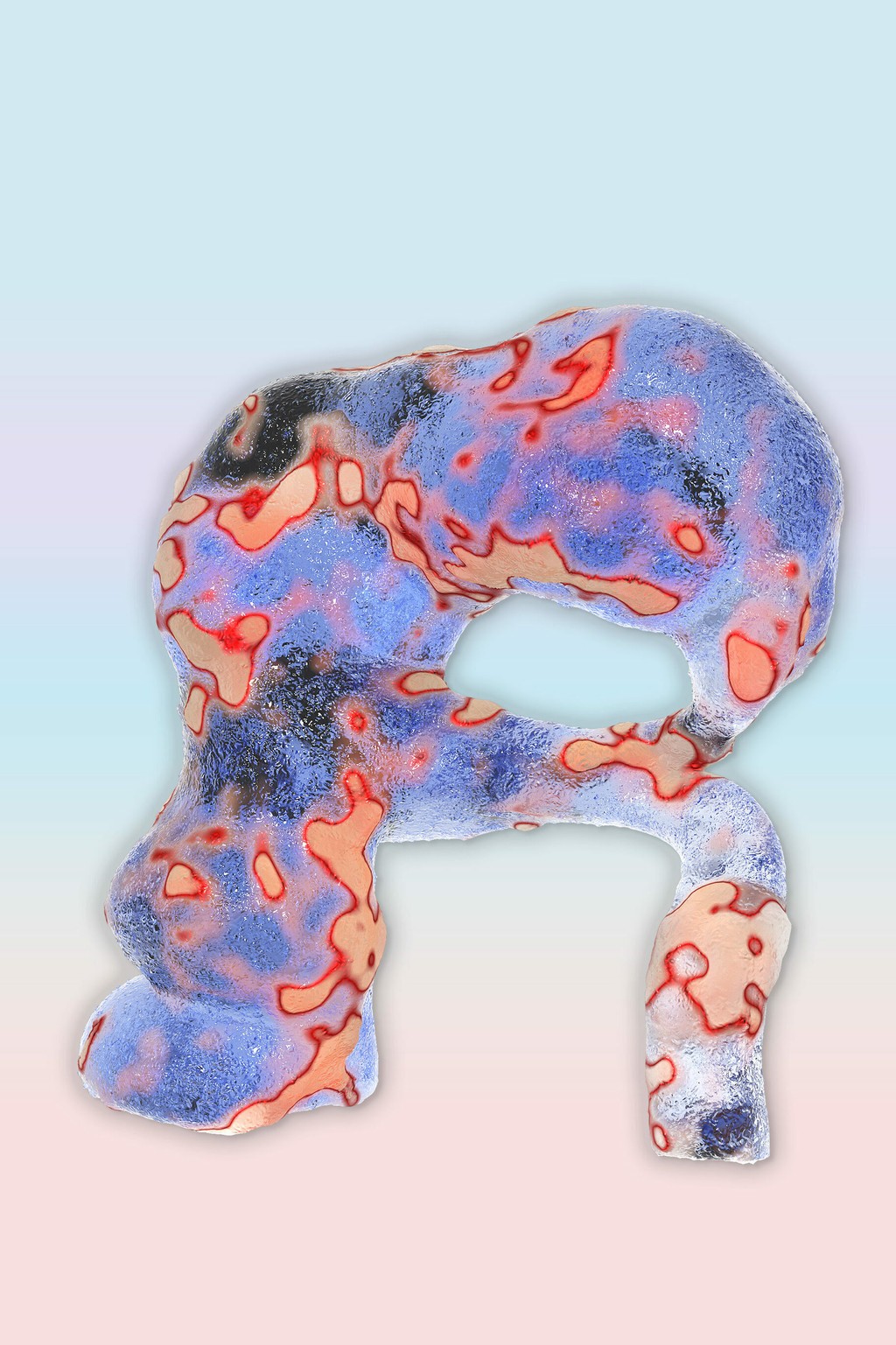Dinamo’s Early Years and studio spaces
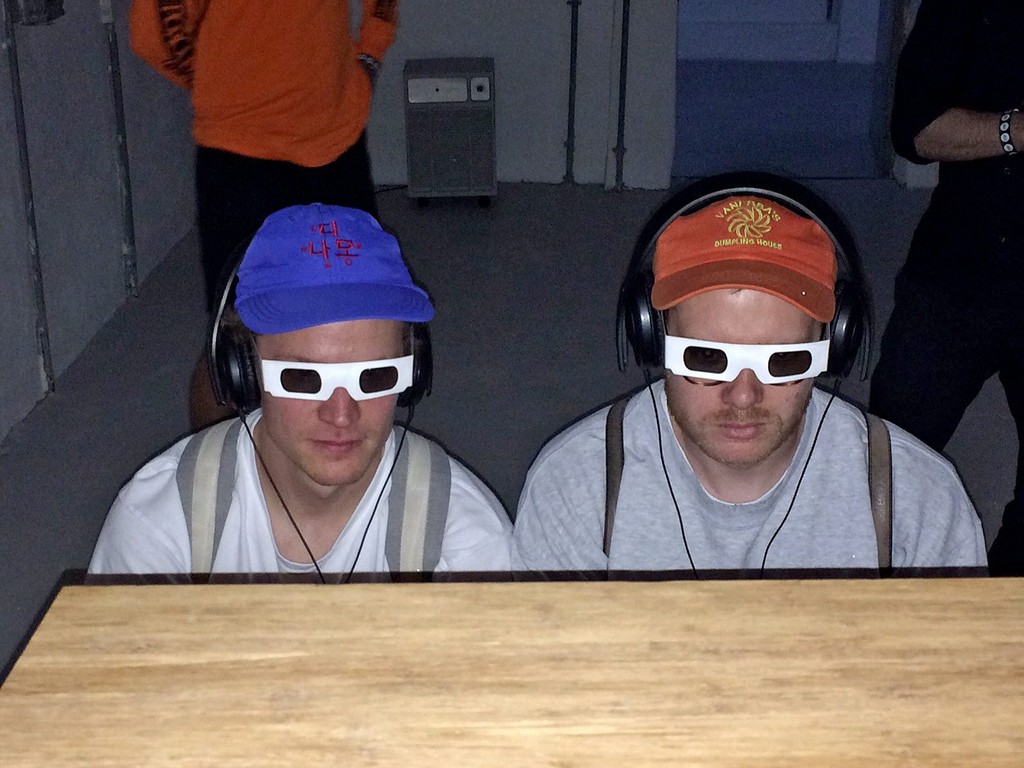
Finally in Berlin but without vision, 2013
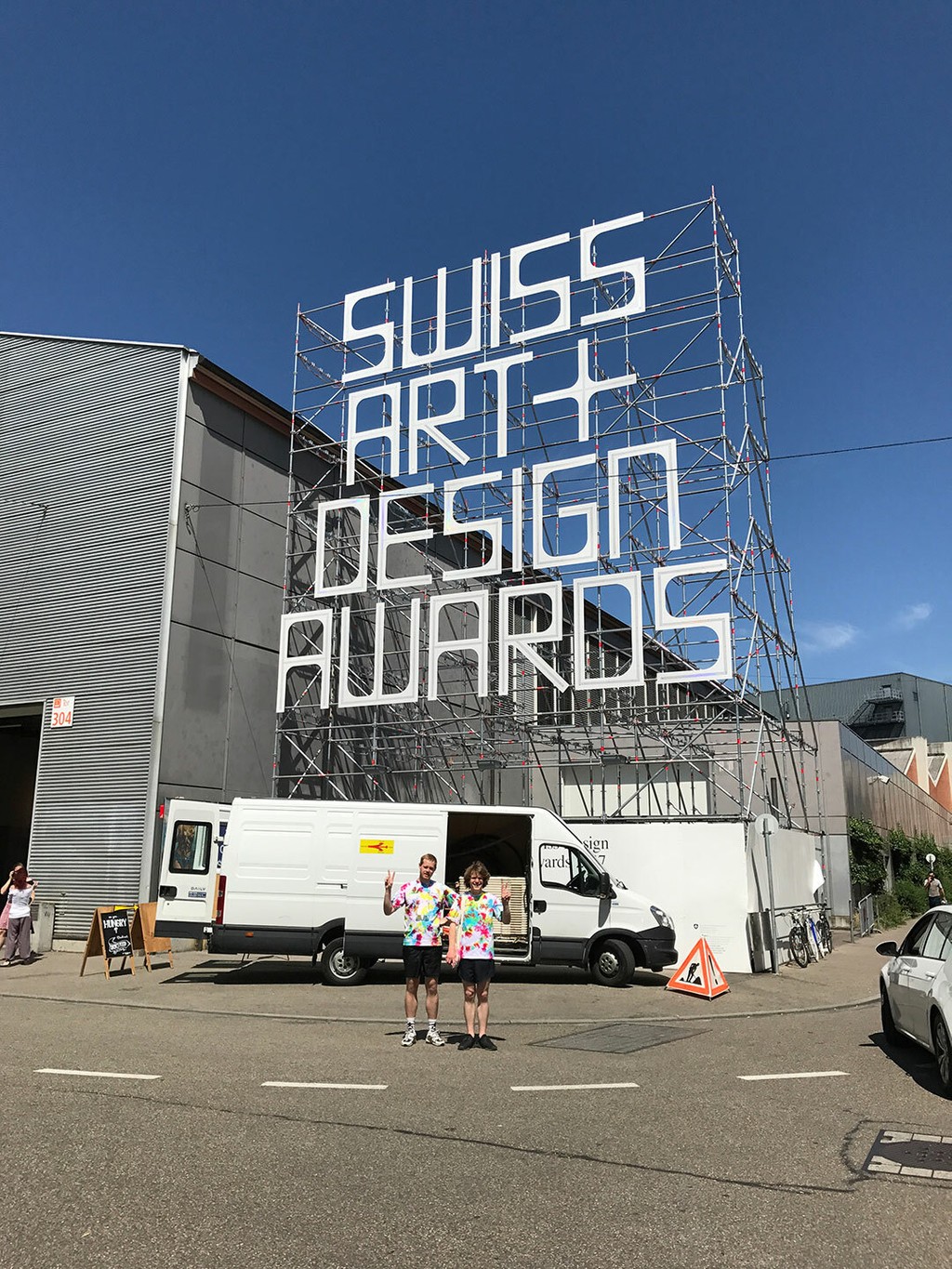
Four years later: attending the ceremony of the Swiss Design Awards 2017 in Basel. T-shirts made the night before
Dinamo in Berlin
Since our collaboration first began—co-working in libraries, or elbowing one another in cramped shared desks—we’ve always dreamed of a space of our own. As Dinamo grew over the years in both team size and project scope, we’ve rented desks in shared studios across Berlin and Basel, spending roughly €150-€300 (! rent increase !) a month per desk for one to five team members. At the end of 2018—after cashing the check from our largest font license to date—we took the plunge and bought a 90m2 basement in a former chocolate factory in Berlin’s Neukölln district: Our very own Dinamo Space.
Our plans for this new studio—as well as our history working in and collaborating around Berlin—has been extensively documented in the latest issue of South Korean design magazine GRAPHIC. The team has kindly given us permission to excerpt our interview with Aram Lee below. We're also republishing here the Dinamo Space plans featured in the magazine, forming a story of our past, present, and future in the city.
The GRAPHIC Interview, Issue #44
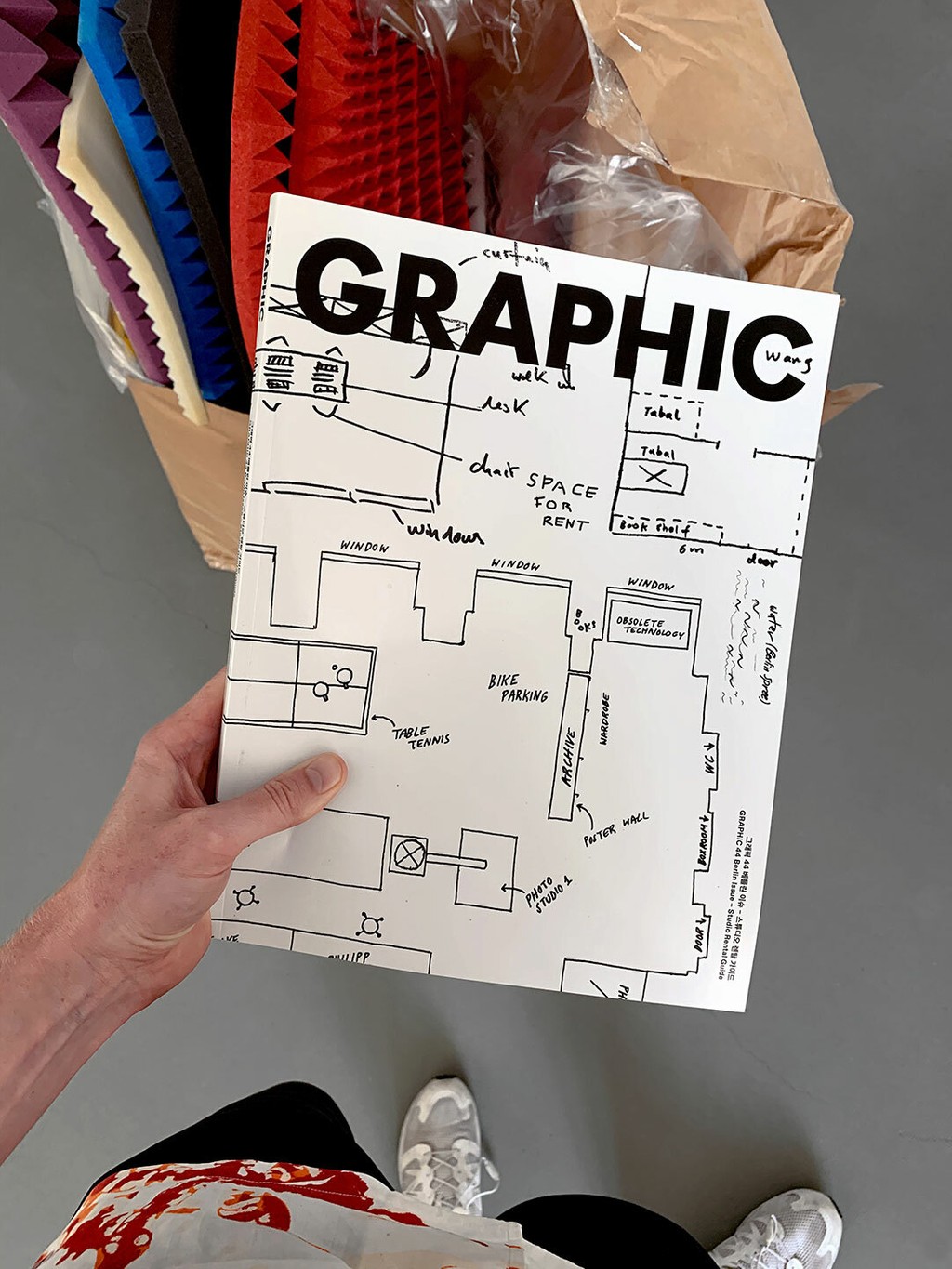
GRAPHIC: Could you tell us a brief history of your studio?
Johannes + Fabian: Dinamo started around 2013: First in our free time and later in 2015 as our only day job. Since 2016 we have two studios, one in Berlin, where Johannes, Rob, Vanessa, and an assistant work, and one in Basel run by Fabian and another assistant. On top of that, we have a whole bunch of close collaborators working from Lausanne, London, Zurich, Seoul, and Rio.
On a daily basis, Dinamo offers retail and bespoke typefaces, and offers design software, research, and consultancy. We also teach—at the moment, mostly in workshop formats and at various international art academies. In 2017, our work was awarded the Swiss Design Award by the Swiss Federal Office of Culture and since 2018, we are members of the AGI.
G: Could you tell us the studio members and the working environment in general?
J + F: Dinamo started with just the two of us, Johannes and Fabian, and soon after was joined by Erkin Karamemet. He was our first intern and continued to be one of our most busy and best freelancers. Over time we had the privilege to work in-house with lots of great assistants and collaborators: Immo Schneider, Tina Gabriel, Elias Hanzer, Risto Kujanpää, Angelo Barbattini, Dan Chessari, Louis Brousseaud, Giliane Cachin, Vladimir Ivanenko, Andree Paat. Robert Janes joined us in 2018 as our first full time employee, reigning over the Dinamo Darkroom and lots of recent typeface projects. And without Vanessa Olt, our Account and Project Manager, the whole enterprise would collapse within minutes.
In both studios we do not work more than 4 days per week and on 2–4 projects at the time, always trying to keep a balance between commissioned jobs and self initiated things. Connected by Dropbox, Basecamp, and frequent telephone calls, we define and shape projects together—one person usually directing and the others assisting in development and production wherever is needed.
GRAPHIC: Is there any specific reason that you’ve started your studio in Berlin? What kind of condition or environment of the city was attractive to you?
J + F: After both living in Amsterdam for a while, Berlin seemed to be an attractive base for working in the creative field: plenty of museums, galleries, concert, party venues, and lots of interesting and interconnected people following their own paths. It's a great city to escape from and return to.
GRAPHIC: How does Berlin as a city affect your work?
J + F: Berlin allows us to tackle ideas within a certain kind of freedom: Back in 2013 at least, living costs were still relatively low and didn't impose too much pressure onto the many transiting souls. Lots of creatives live here, which allows for exchange and collaborations. The urban structure is pretty diverse and spread out, which, at least in theory, gives room to a healthy work-life-balance.
Still, in a way, I wouldn't say that Berlin is a super easy city to live in, at least not if you look closer and beyond the very common first-year-of-24/7-partying we all went through upon arrival in this town. In the end, it's still the question of what you want and can do with that supposed freedom. You have to work out which of your many interests you can actually make a living from. One has to be patient, and stay strong, while your own compass slowly helps you find the right direction. Quite a few people also move on again, because it doesn't work out or feel right for them long term.
GRAPHIC: We would like to know your opinion of the visual culture in Berlin. Is there any distinctive characteristic here compared to other cities? If so, tell us more.
J + F: There’s the same obvious signs for creativity that one can find many big cities. But compared to many others, Berlin still seems to have affordable space left for small scale, or not over-commercialized, efforts. As a consequence, things are happening here that wouldn't be possible in many other places. However, we're also feeling how prices are changing and people start moving away again... We're curious to see where things go and what the next years will bring.
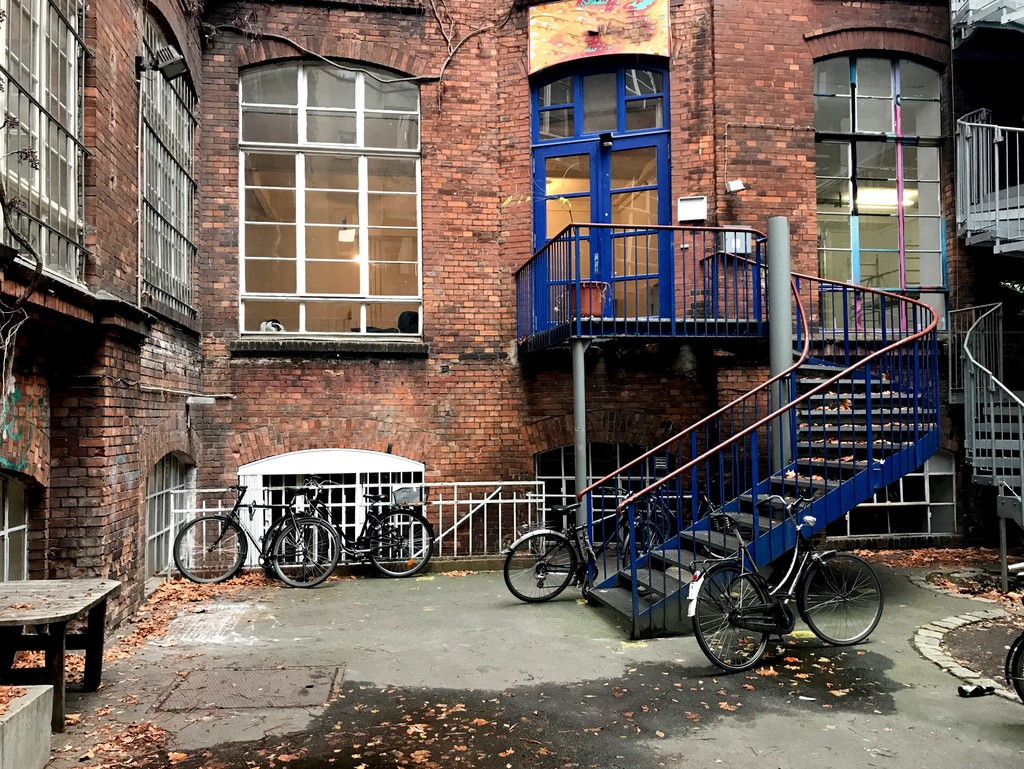
GRAPHIC: One of our goals for this issue of the magazine is to map out the multi-dimensional design scene of Berlin. Do you collaborate with other graphic designers or creators in other fields? On what grounds does your studio collaborate with them?
J + F: Sometimes we have a very clear question or problem that becomes the reason for involving other people. Other times it can be an exchange or ongoing conversation that triggers new ideas, which we would have never had all by ourselves. No matter how an idea started, the most important part of collaborating seems to be a fully shared interest for everybody involved. As soon as it doesn't matter to everybody in the same way, things might easily fall into imbalance and won’t be able to live up to their full potential. It also is important to get to know each other beyond the usual quick call before moving into a—potentially and hopefully—long lasting partnership.
GRAPHIC: As a significant number of graphic designers have moved to Berlin in last 10 years, the percentage of graphic designers to population in Berlin is comparably higher than other cities. Do you think the market here is large and diverse enough as well?
J + F: There is high activity and a exchange around graphic design—but Berlin alone is hardly providing for all of us. Most of us work internationally and could not do what we do with local clients only. Berlin seems to serve as a vast open structure to plant a seed into—but the soil and water is coming from someplace else.
GRAPHIC: Tell us Dark Room Starter kit of Dinamo.
J + F: We’re developing lot of tools that we, primarily, need for our own projects. As the collection of helpful plugins and scripts grew, we decided to give it a name: The Dinamo Dark Room. We refer to it as a “virtual space to help and confuse the modern type designer.” Some of our tools are straight up workflow boosters and ready-to-use, other concepts might even only exist on paper (right now) or might even be impossible to develop...
GRAPHIC: The promotion and marketing strategy of ABC Dinamo seems to be certainly different from others. What do you consider most while promoting your fonts?
J + F: Lots of it is purely intuitive, but one can say that we want to offer an honest insight into how we work and who is behind our products. Dinamo is a very social and community-driven platform; great, established designers and upcoming designers are using our typefaces, and we want to express our gratitude for their work.
We definitely like to play with the notion of what typefaces can be today, how they travel, and what kind of strange things can happen during that journey. Producing and distribution is about much more than the product alone, hopefully! A little bit of fiction might be in the mix at times, too, because, at the end of the day, what, if not fiction, makes us think about our reality?
GRAPHIC: Instead of using the widely-used type platform, you’ve established your own platform. Is there a reason? And what are the pros and cons?
When we started there simply wasnt the place around who would have taken us on. If felt necessary but also natural to start our own thing.
Nowadays, we enjoy having to be intentional about the decisions we take, in order to not react to circumstance only. If living in a loop between panic and excitement sounds attractive to you, this journey might be for you! In the best case you can build strong connections and memories that will last and make you cross paths with other like minded people a life long.
On the challenging side of things there’s lot of responsibility, emails, financial insecurity. Tiny problems and situations we have to deal with on a daily basis and way beyond the topic we’ve started out about (graphic & type design). One has to learn the importance of expectation management towards clients or the artists who we represent and steady communication between everybody involved the easy or hard way. All of which can be improved and feel smooth – we just have need to figure out how!
GRAPHIC: Tell us the design process that you prefer. Or is there a certain process you would like to pursue?
J + F: We enjoy a “variable way of working“: we throw different ideas into one big variable font file, run it through our Font Gauntlet tool, and start changing its parameters. The shapes might be affected by how we turn our screens, by microphone sound, by how close our faces come to the built-in camera or by how our courser moves over the screen.
The variable font format allows us to “storyboard” typefaces across a much bigger spectrum and to exploit its narrative qualities. The resulting outlines are multi-dimensional and intentionally subject to change. For instance, they allow us to evolve design identities over time with non-static, long-term projects.
GRAPHIC: What’s the ratio between client-based projects and self-initiated ones? How do you make a balance between them?
J + F: Around 50% of the time we’re staying inside our own laboratory and spider-web of collaborators. We internally talk about what we’re interested in trying, and makes a couple of steps in that direction. Some of that starts as technical or typographical research, and ends up as a release in our own Beta or Retail typeface library. Or, on our public tool library DinamoDarkRoom.com.
The other 50% of the time, we’re communicating to clients and delivering things towards the outside, their world and markets. In such phases, the communication increases, additional moods, ideas, emotions, deadlines, necessities pile up—which can be either frustrating or rewarding. Its case by case—but we’re getting better at skipping a potential nut-case right from the start. At the end of the day, it all should feel naturally and easy, and it usually does!
GRAPHIC: Are there any tips for other graphic designers who are considering moving into Berlin?
- Build a network
- Visit the open air cinema
- Develop a steady routine, figure out what works best for you
- Try to not work from home, try to not work from coffee shops
- Stay mentally and physically fit
- Don't send inDesign files via iMessage, you’re a professional
- If you work in exchange for a favor, make sure to call in that favor
Dinamo Space in Progress
After the GRAPHIC team approached us for an interview on the Berlin scene and local studio culture, we could think of no better way to paint a picture of our working lives than by also providing a break-down of the budget and planning we’ve put into making Dinamo Space a reality.
So far, architects have been hired, plans have been drawn, a mortgage rate has been set, and alliances with neighbors have been made (in preparation for heated tenant association meetings). Over the next two years, we’ll be kitting out the space; making room for six Dinamo staffers, a dedicated Hardware store, a Y-shaped table, and a canopy showcasing designs by a rotating cast of artists-in-residence.
Below, we’ve shared our costs and plans here on our Journal, fully committed to the idea that talking transparently about money can help others.
Our Contribution

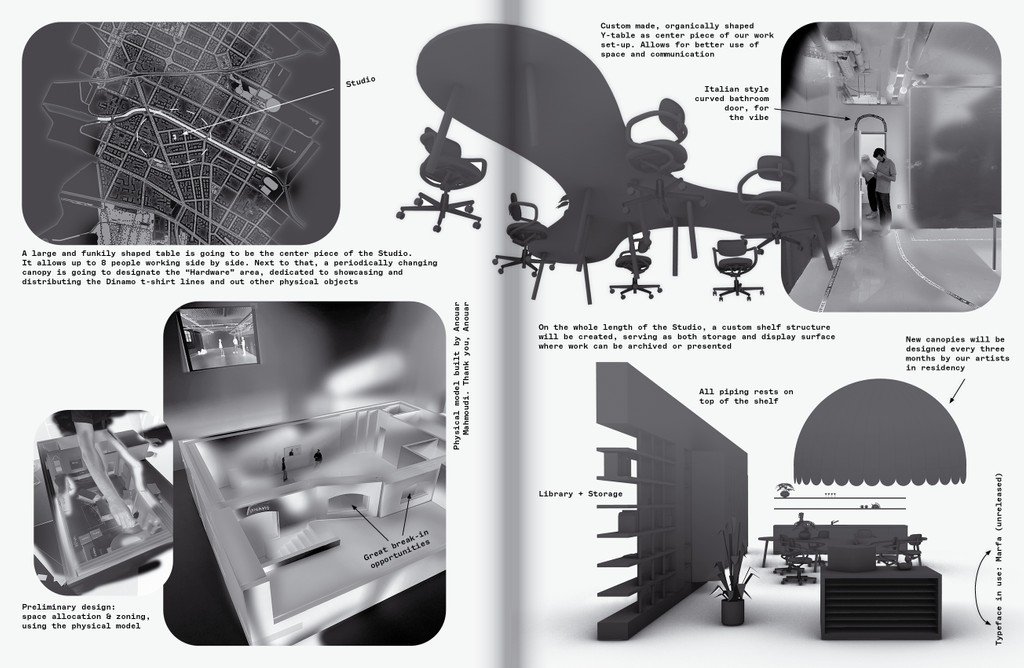
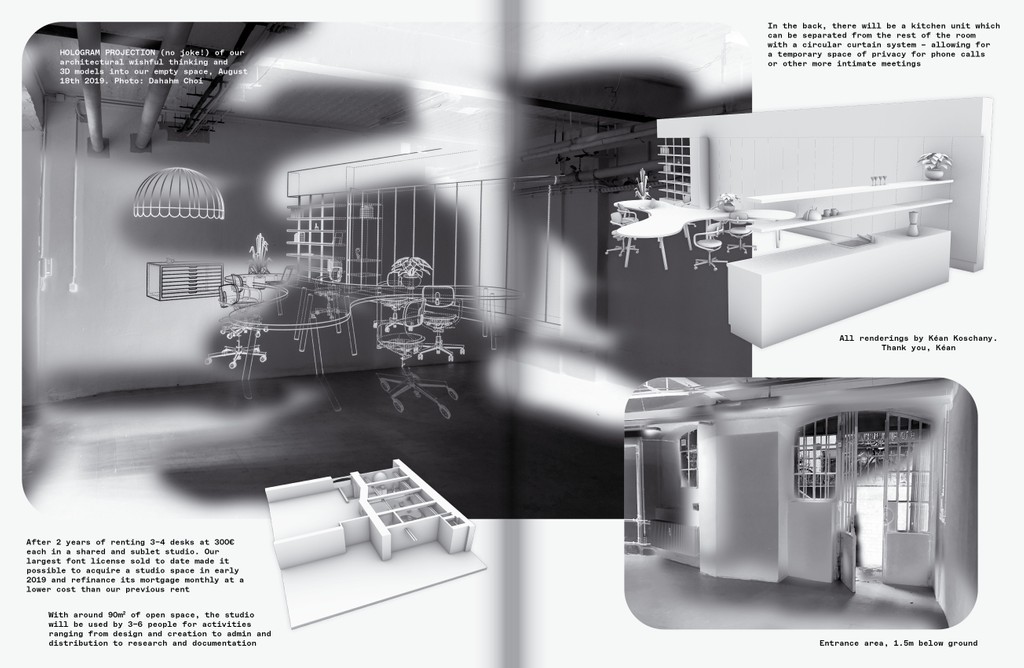
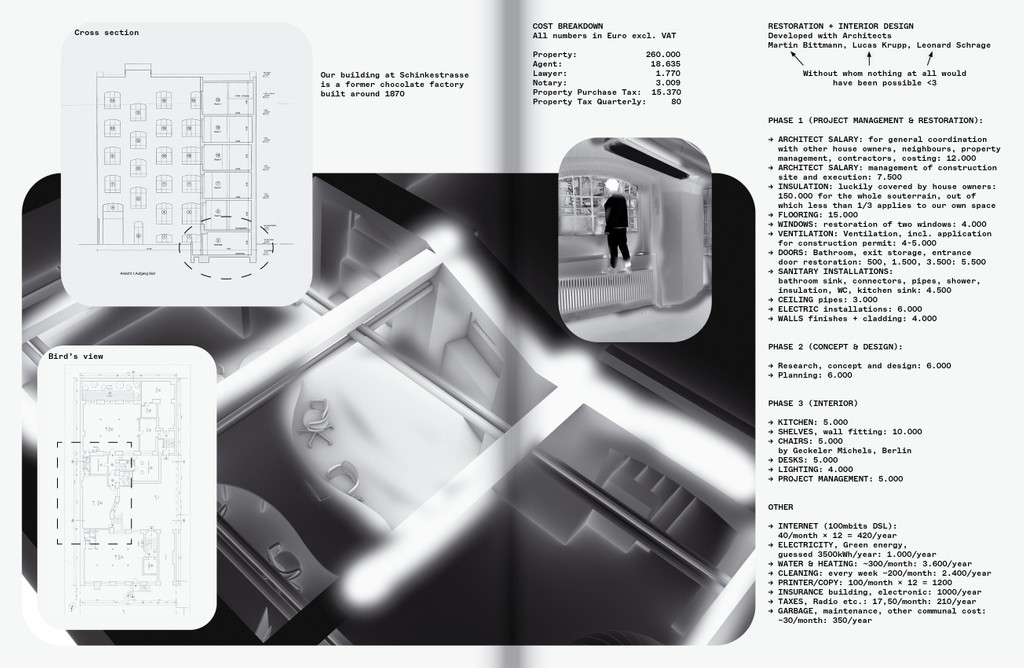
| Property Cost | |
|---|---|
| Property | €260,000 |
| Lawyer | €1,770 |
| Notary | €2,620 + €389 |
| Agent | €18,635 |
| Property Purchase Tax | €15,370 |
| Property Tax Quarterly | €80 |
| Phase 1 Project Management and restoration | |
|---|---|
| Architects salary for general coordination (with house owner’s, neighbors, property manager, contractors) | €12,000 |
| Architects salary for construction management | €7,500 |
| Insulation (for the entire souterrain, covered by house owners) | €89,000 |
| Flooring | €15,000 |
| Windows (structural modifications, openings for two new windows) | €10,000 + €4,000 |
| Ventilation | €600 |
| Doors Bathroom, storage, entrance | €500 + €1,500 + €3,500 = €5,500 |
| Sanitary installations bathroom sink, connectors, pipes, insulation, WC, and shower | €4,000 |
| Sanitary installations kitchen | €500 |
| Ceiling and pipes | €3,000 |
| Electric installations | €6,000 |
| Walls, finishes, and cladding | €4,000 |
| Phase 2 (concept and design) | |
|---|---|
| Research, concept, and design | €6,000 |
| Planning | €6,000 |
| Phase 3 (Interior) | |
|---|---|
| Kitchen | €5,000 |
| Shelves and wall fitting | €10,000 |
| Chairs | €5,000 |
| Desks | €5,000 |
| Lighting | €4,000 |
| Project Management (coordination interior) | €5,000 |
| Other | |
|---|---|
| Internet (100mbits DSL) | €40/month x 12 = €420/year |
| Electricity (green energy, estimated at 3500kWh/year) | €1,000/year |
| Water and heating, estimated | €300/month x 12 = €3,600/year |
| Cleaning | €200/month x 12 = €2,400/year |
| Printer and copy machine | €100/month x 12 = €1,200 |
| Building and electronic insurance | €1,000/year |
| Radio and television tax | €17.50/month x 12 = €210/year |
| Other communal maintenance costs, such as garbage removal | €30/month x 12 = €350/year |
Magazine Spreads, Graphic #44
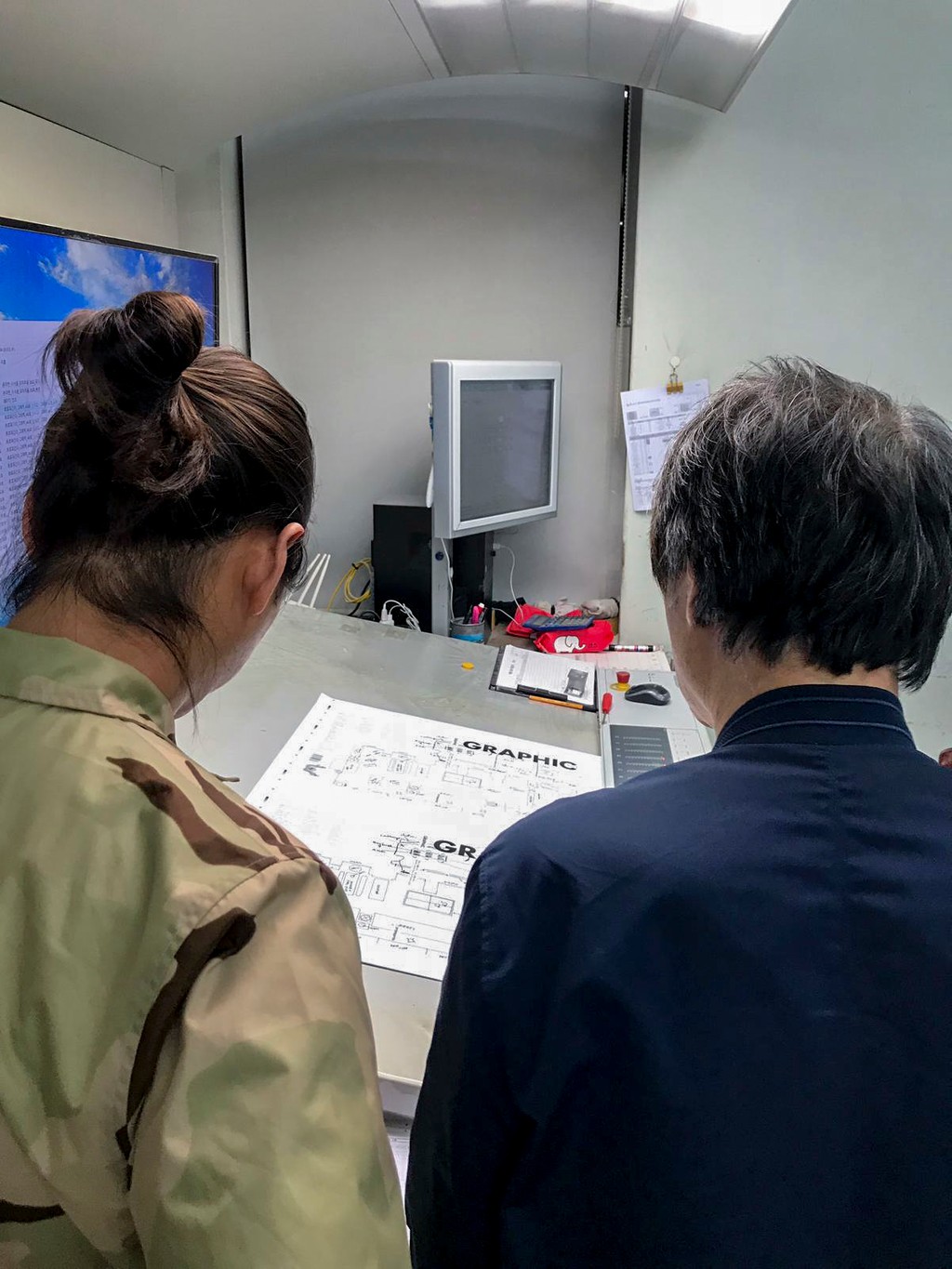
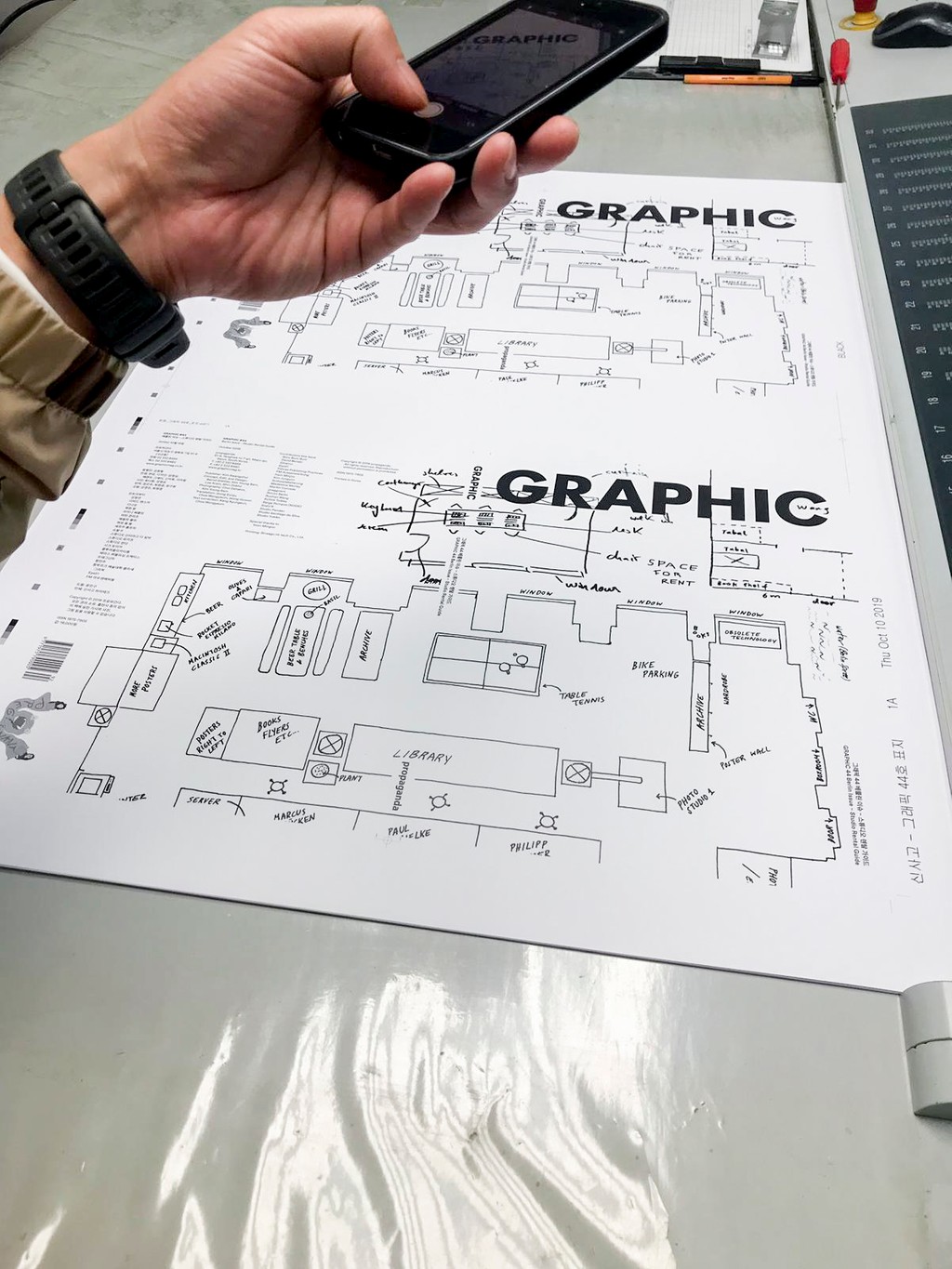
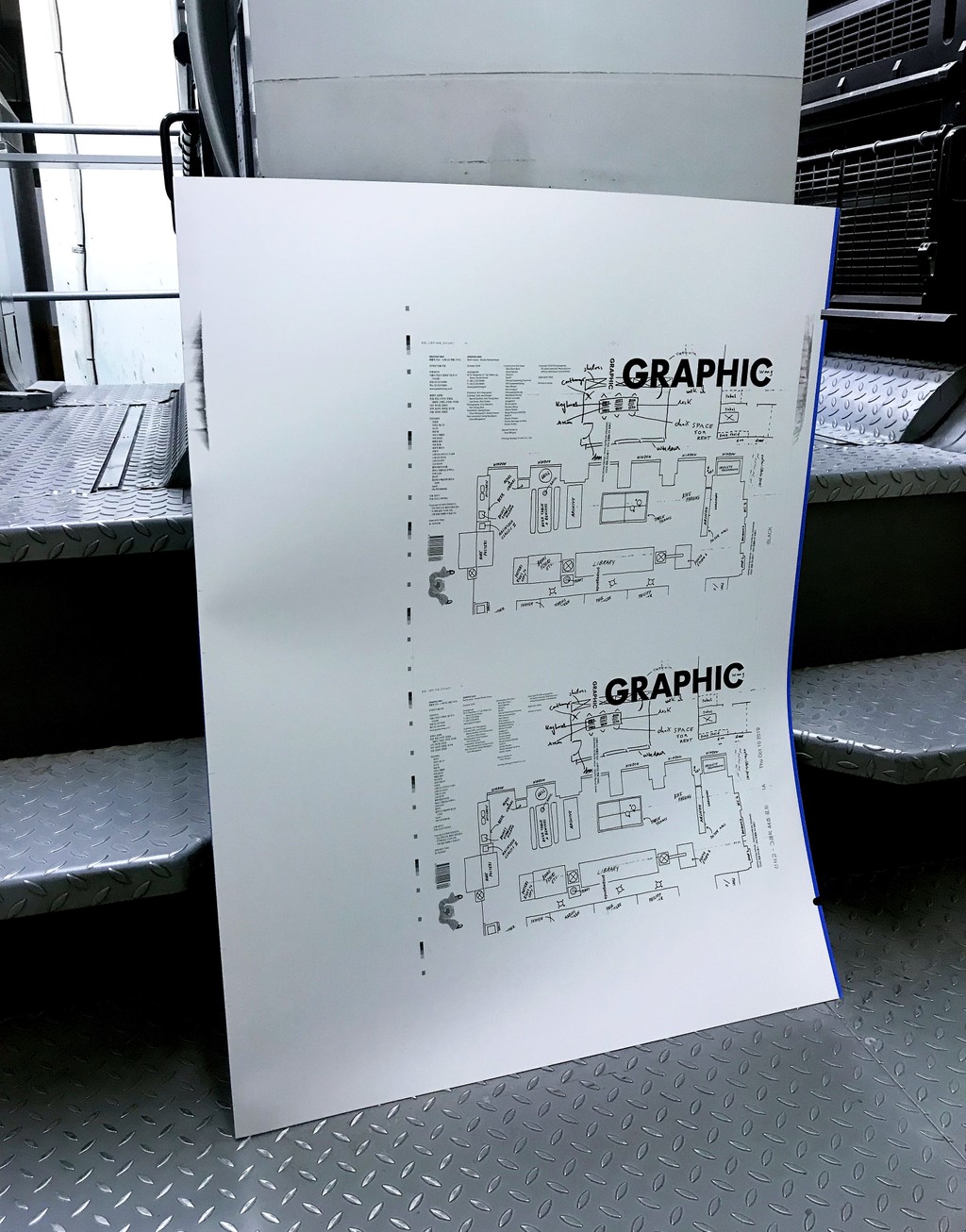
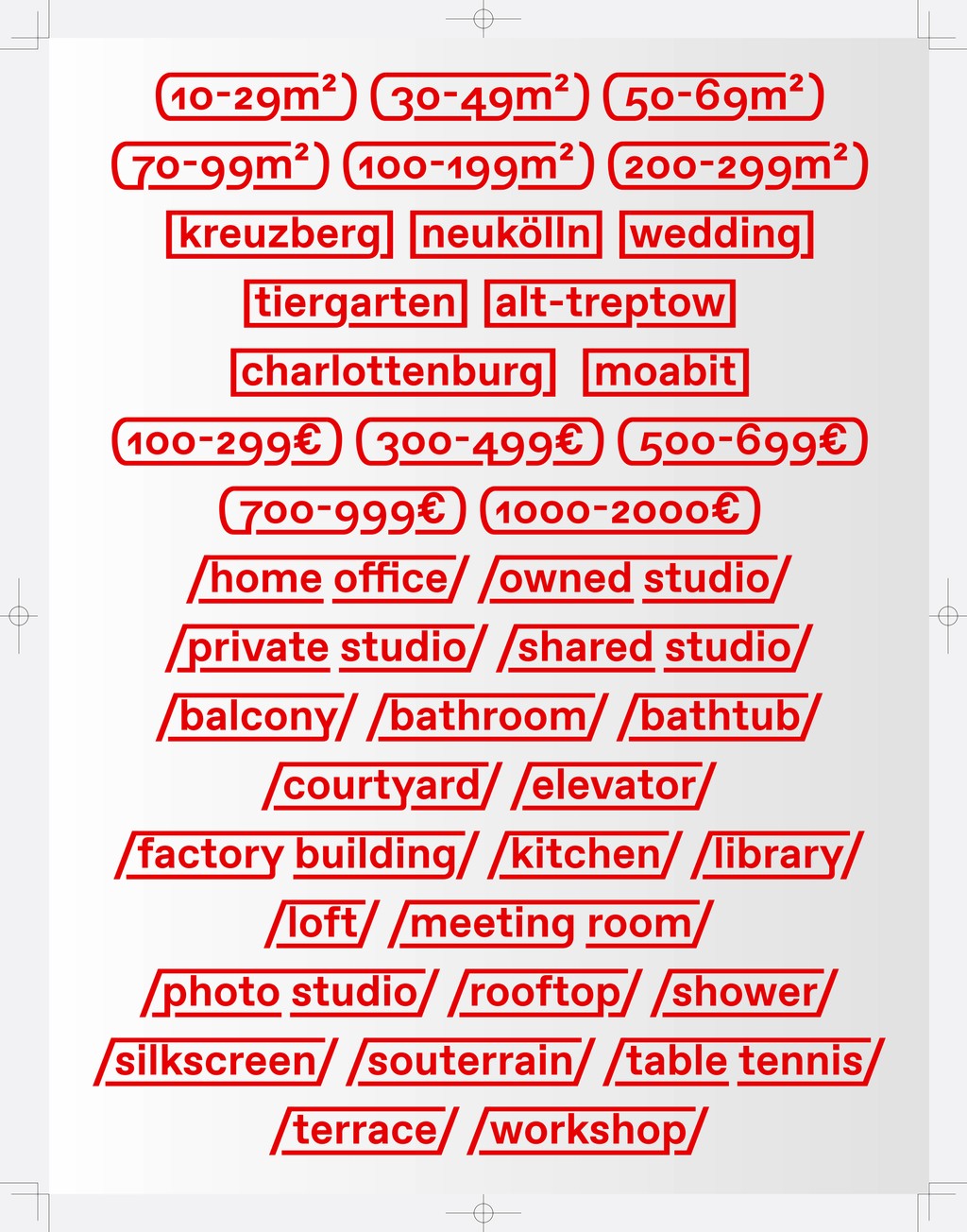
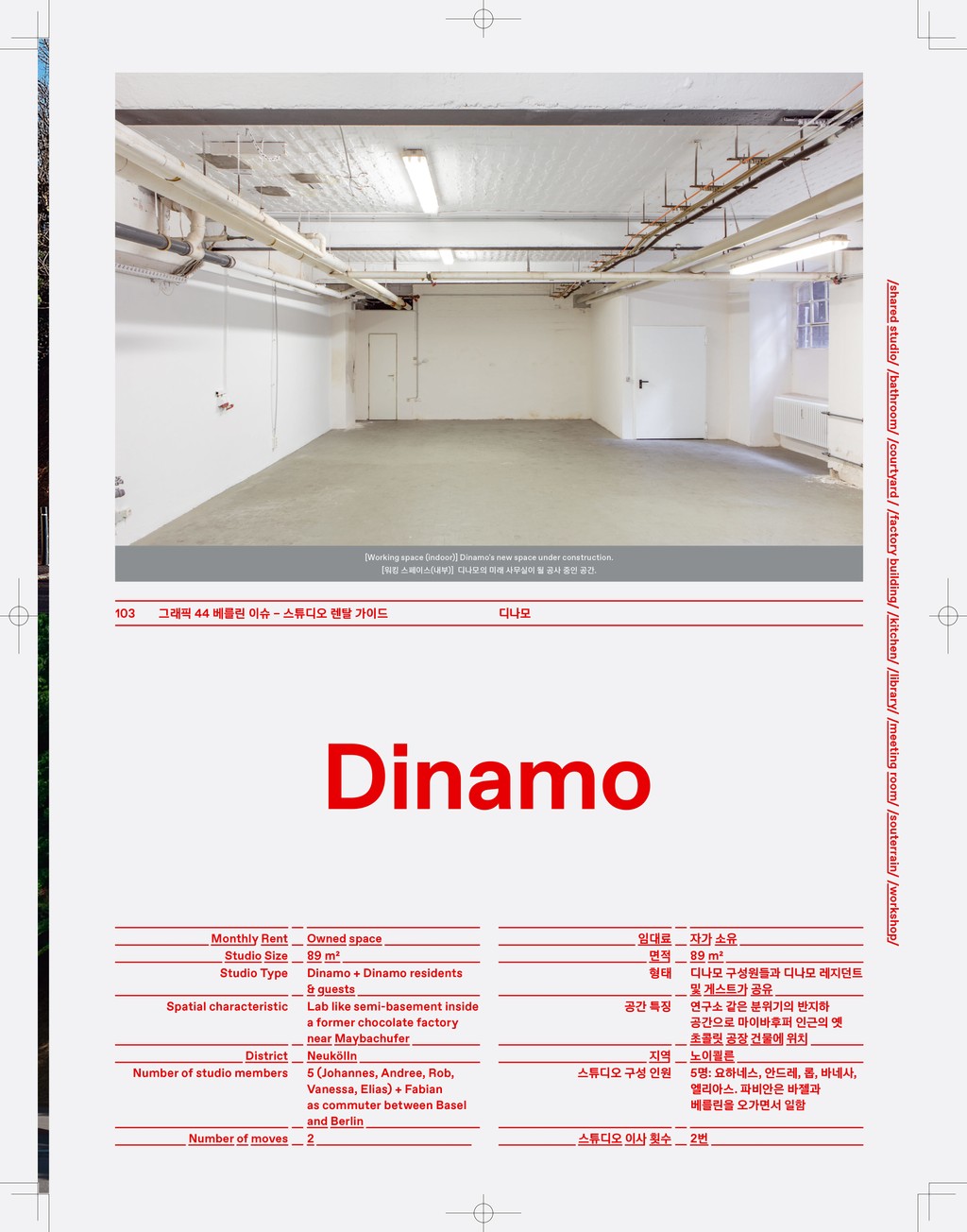

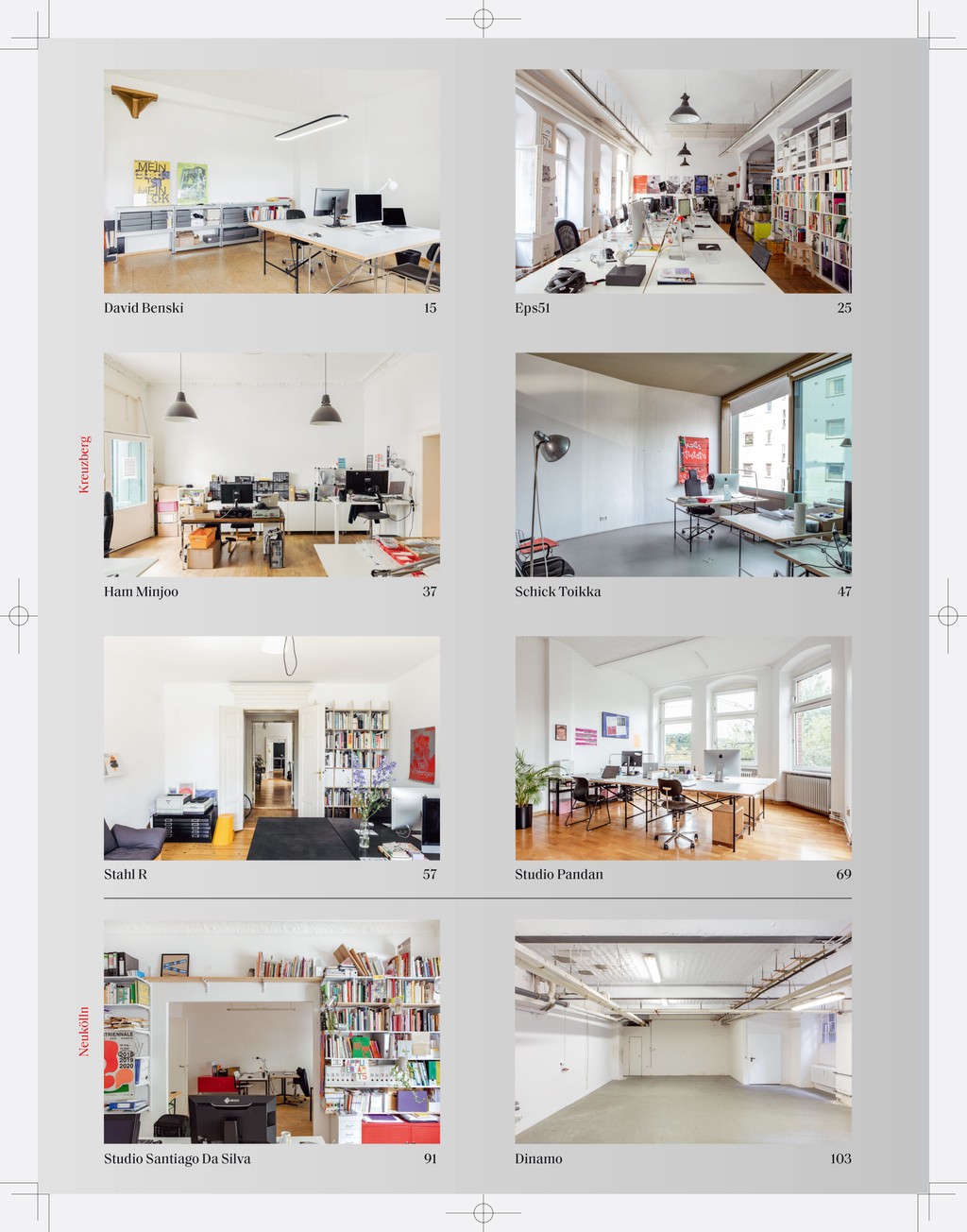
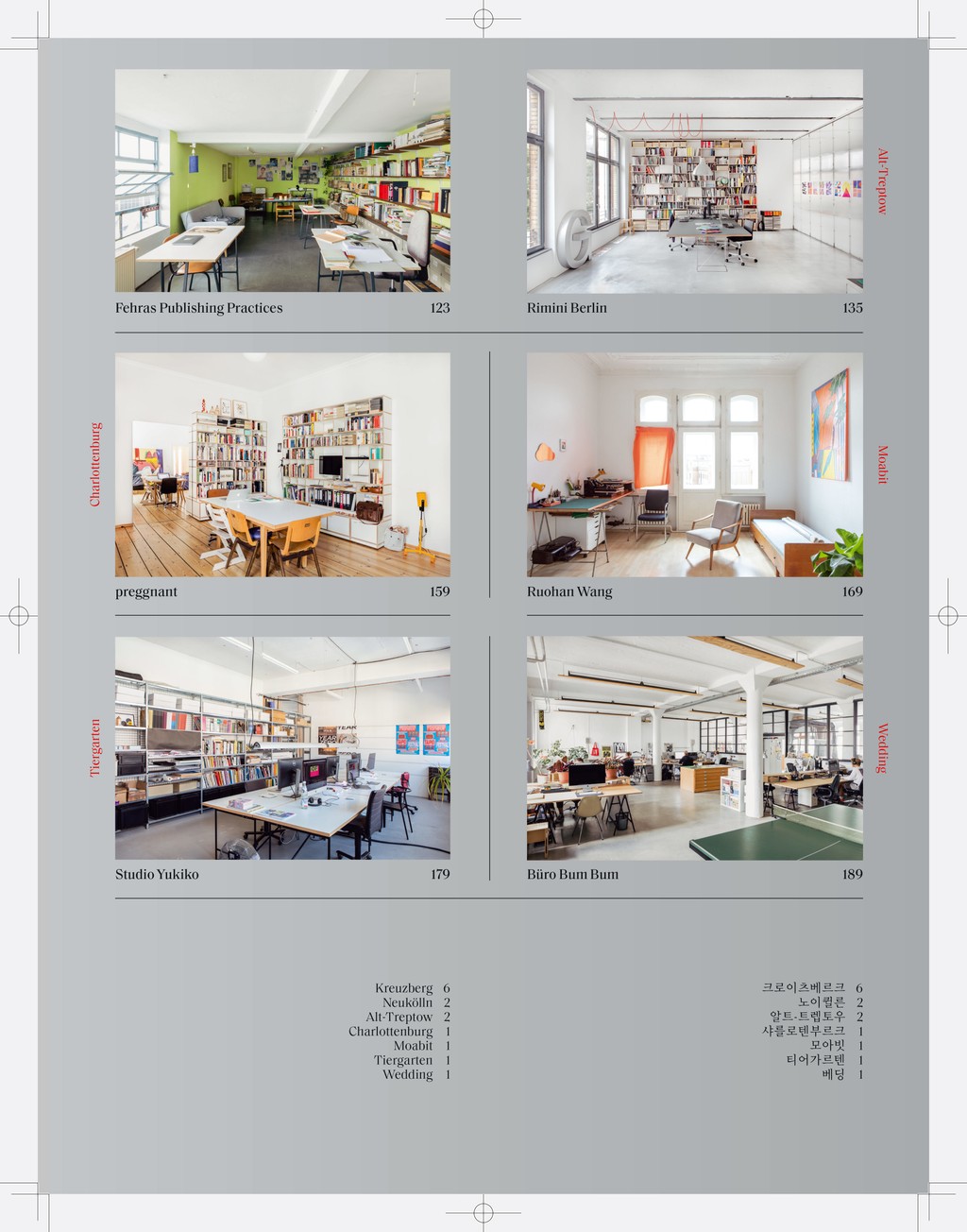
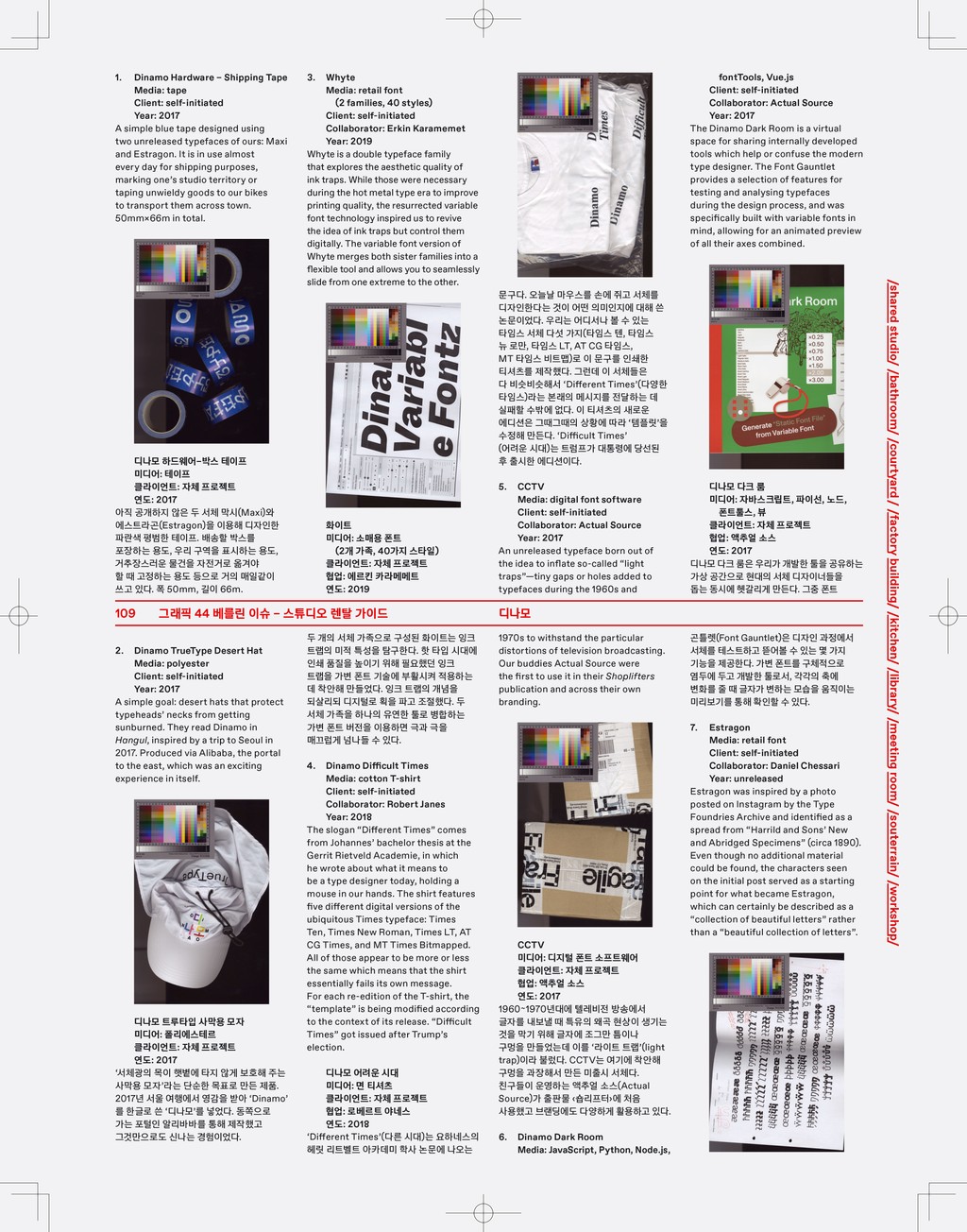
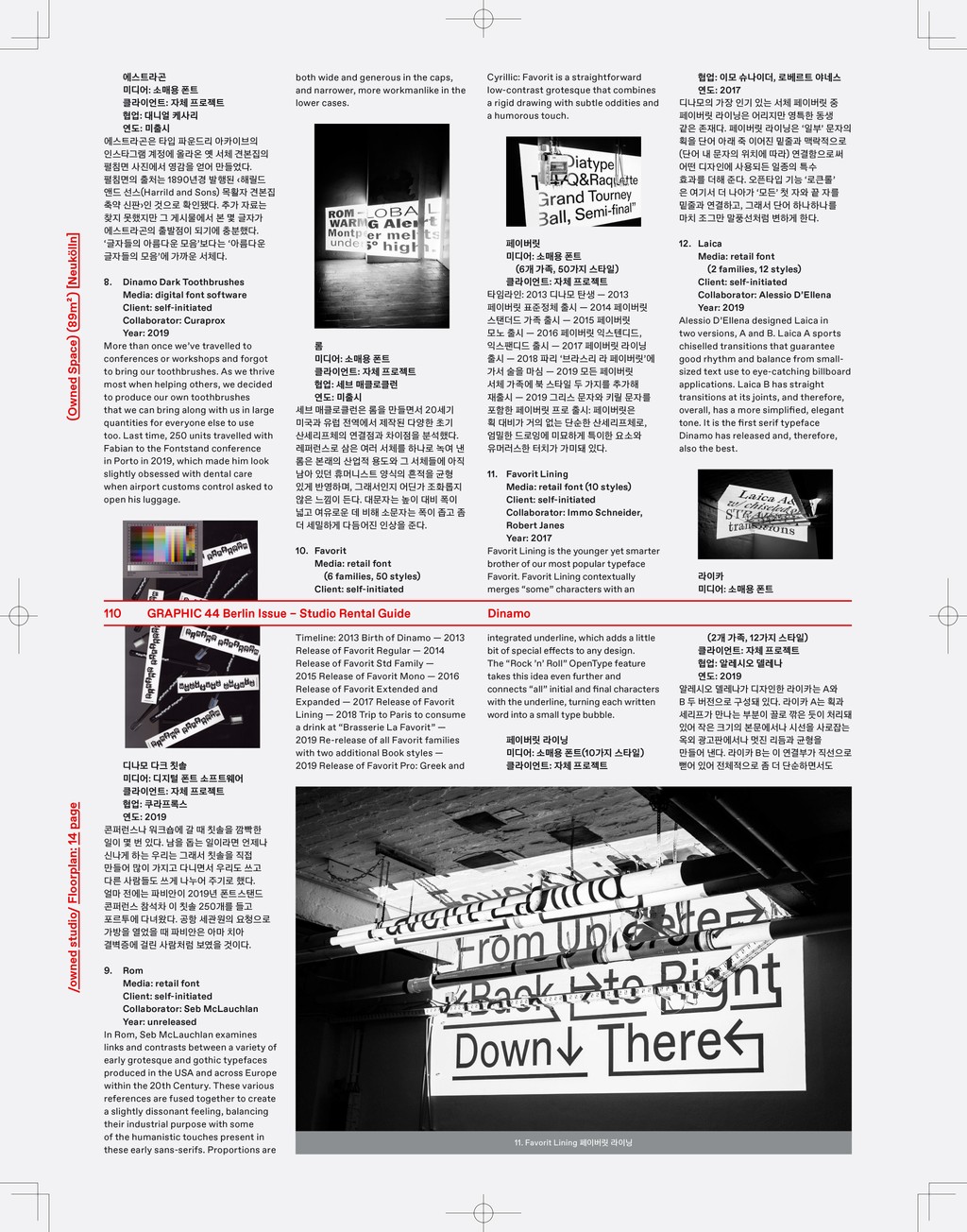
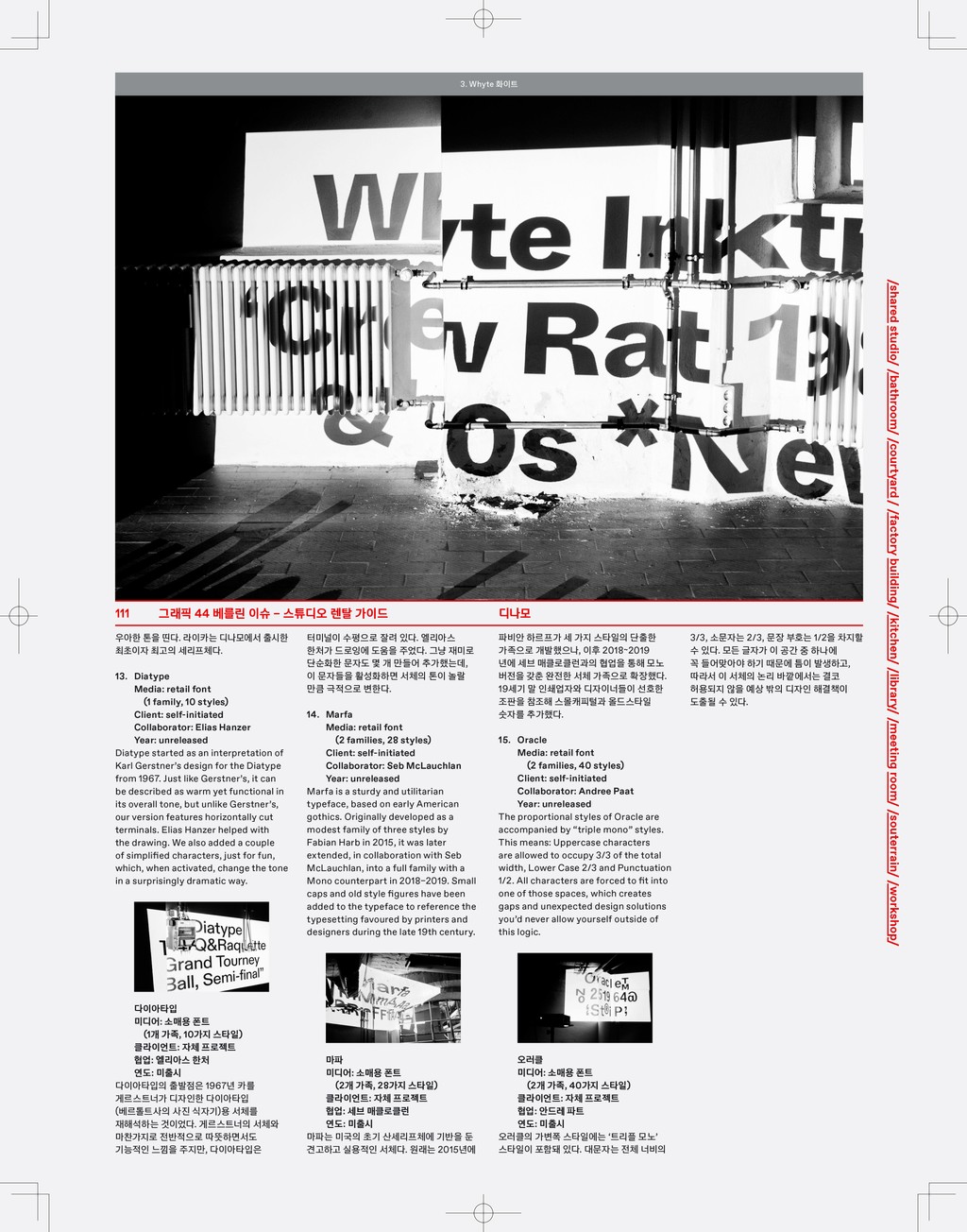
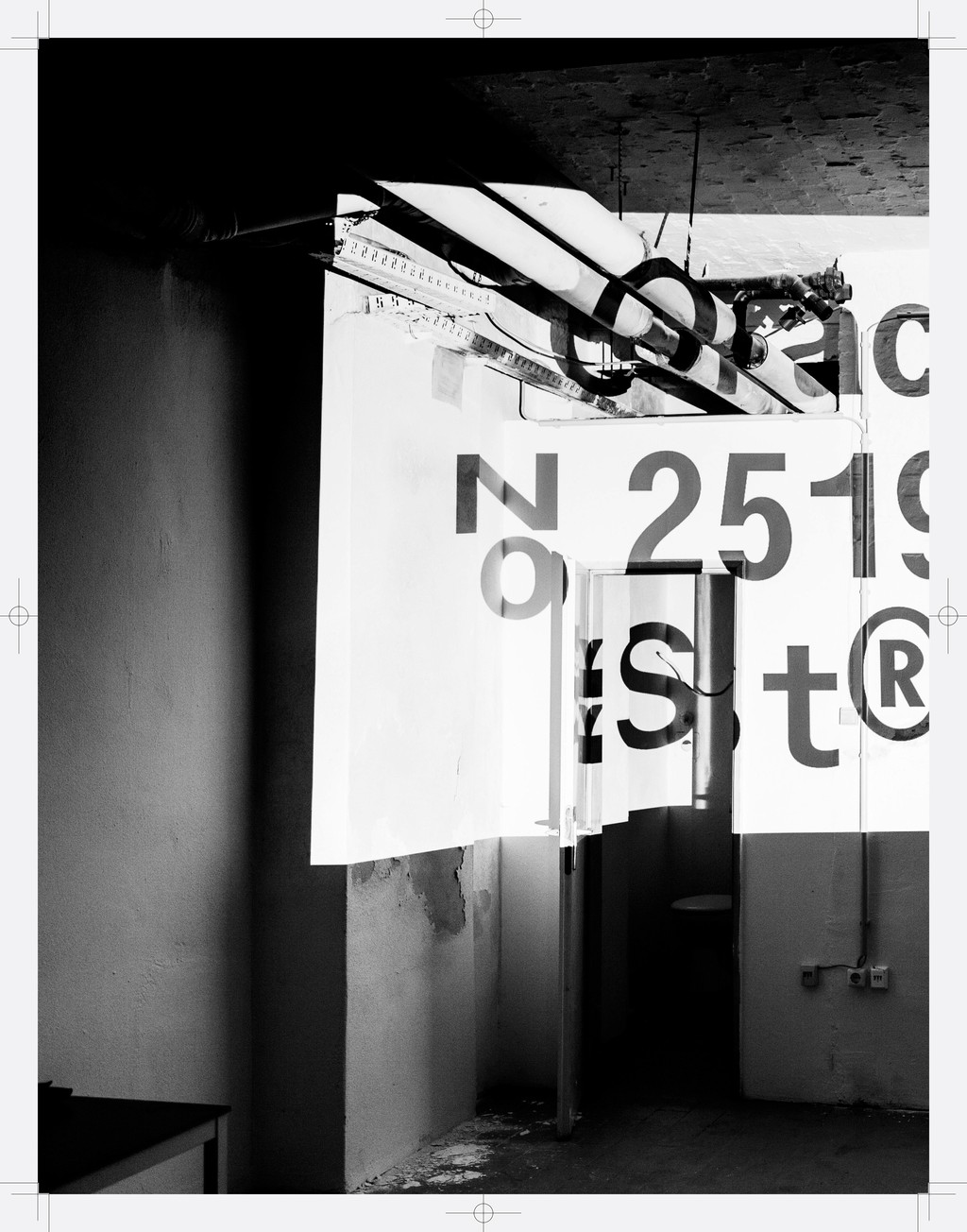
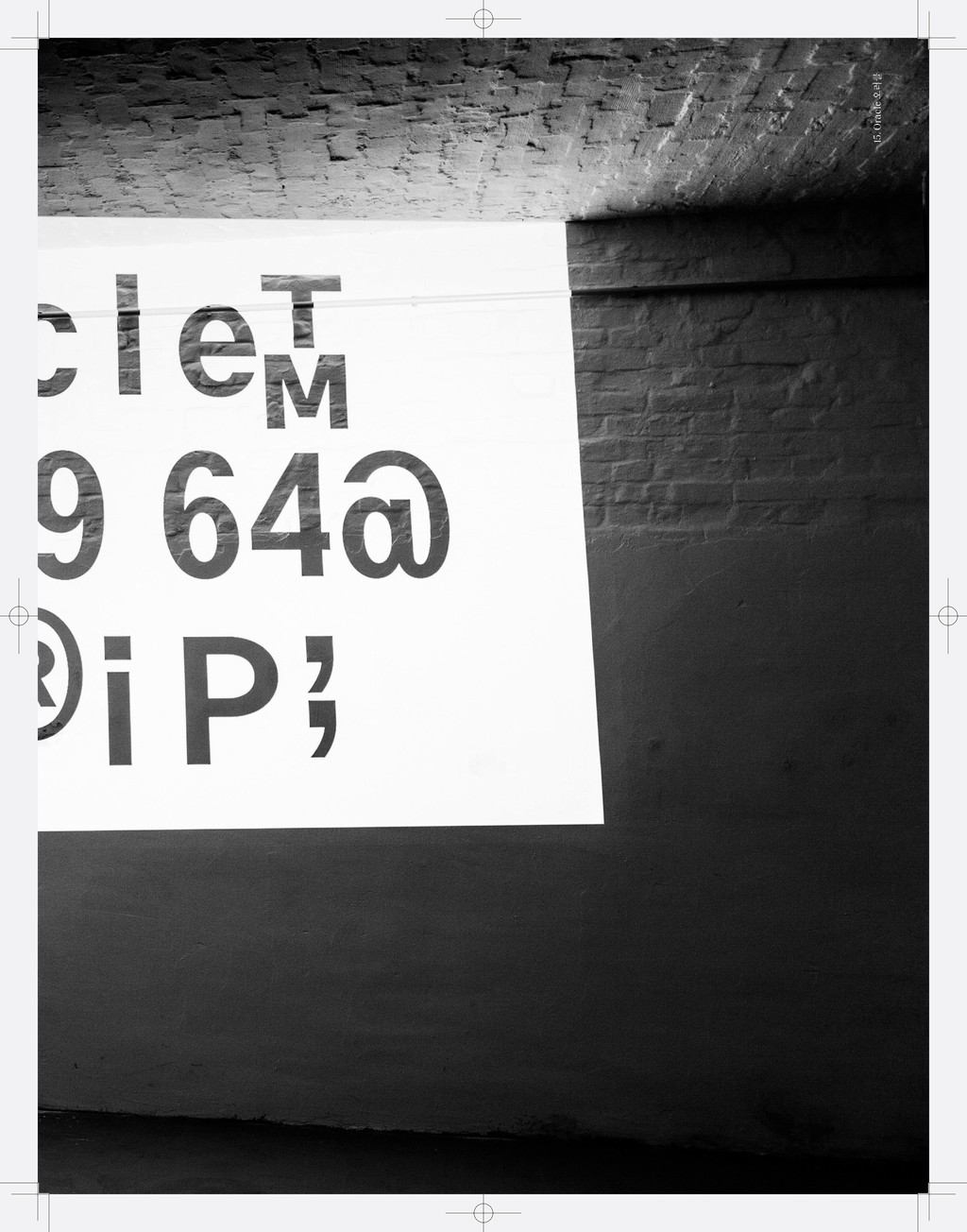
GRAPHIC Magazine Team
Publisher: Kim Kwangchul
Concept, Editing, and Design: Bernd Grether, Kim Young Sam, Lee Aram, Shin Dokho
Photography: Choi Dahahm, Kim Young Sam
Translation: Jeong Eunju, Choe Wongyeum, Jeong Guwon
Text correction: Kang Kyungeun, Choe Wongyeum
Special Thanks to: Yoon Mingoo
Architecture + Renderings
Leonard Schrage, Martin Bittmann, Lukas Krupp, Kéan
Photoshoot + Visuals
Dinamo (Johannes Breyer + Christina Lehmkuhl)
Contributors this issue:
Büro Bum Bum
David Benski
Dinamo
Eps51
Fehras Publishing Practices
FM Aussenwerbung
Ham Minjoo
HFBK University of Fine Arts Hamburg Klasse Grafik
Kim Jungyun
Kulturplakatierung
Madeleine Morley
Martin Conrads
preggnant
Rimini Berlin
Ruohan Wang
Schick Toikka
Serge Rompza (NODE)
Stahl R
Studio Pandan
Studio Santiago da Silva
Studio Yukiko
